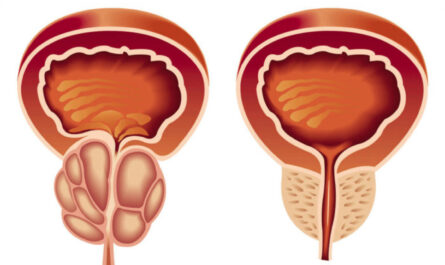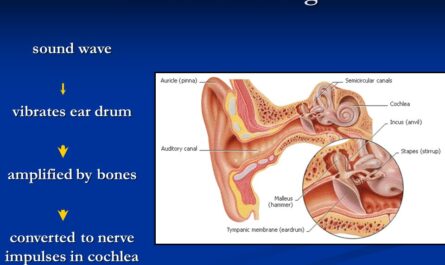Researchers at the University of Wisconsin-Madison have developed a lightweight foam material that could significantly mitigate or prevent traumatic brain injuries. The material, known as a vertically aligned carbon nanotube foam, has the ability to dissipate rotational kinetic energy from impacts, reducing strain on the brain. The team’s findings were published in the journal Experimental Mechanics on December 7, 2023.
Traumatic brain injuries commonly occur from blows to the head, such as falls or tackles from sports like football. These impacts result in simultaneous linear and rotational head motions, and it is the rotating movement in particular that causes shear strain, which is highly damaging to the brain.
The new foam material offers a promising solution to this issue. It is 30 times more effective at absorbing shear strain compared to the foam currently used in U.S. military combat helmet liners. By weakening rotational kinetic energy before it reaches the brain, the foam material shows potential in preventing concussions and other traumatic brain injuries.
Unlike some existing helmets that rely on sliding layers to reduce rotational motion, the new material does not utilize these moving layers. Therefore, it avoids the drawbacks associated with them, such as energy dissipation issues and jamming when severely compressed following an impact.
Furthermore, the foam material exhibits enhanced properties when compressed, allowing it to better accommodate shear and dissipate energy from impacts. This advance builds on previous research conducted by the team, where they demonstrated the exceptional shock-absorbing abilities of vertically aligned carbon nanotube foams.
The structure of the material consists of closely packed cylinder structures formed by carbon nanotubes, which are carbon cylinders just one atom thick in each layer. This unique architecture across multiple length scales contributes to the exceptional properties of the foam material.
In addition to its shock-absorbing capabilities, the researchers also discovered that the vertically aligned carbon nanotube foams exhibit outstanding thermal conductivity and diffusivity. Consequently, a helmet liner made of this material could effectively keep the wearer’s head cool, particularly in hot environments.
The combination of the foam material’s thinness, cooling capability, and shock-absorbing properties also makes it suitable for other applications, including electronic packaging and systems. It could protect electronics against shocks while maintaining optimal operating temperatures.
Ramathasan Thevamaran, the assistant professor of mechanical engineering at UW-Madison who led the research, believes that this advancement holds great promise for the development of helmets that are significantly better at preventing concussions. The new foam material’s properties offer potential benefits in terms of safety, cooling, and weight reduction in various industries.
*Note:
- Source: Coherent Market Insights, Public sources, Desk research
- We have leveraged AI tools to mine information and compile it



